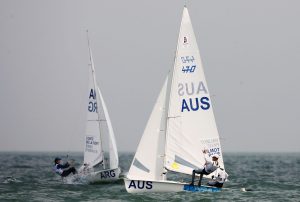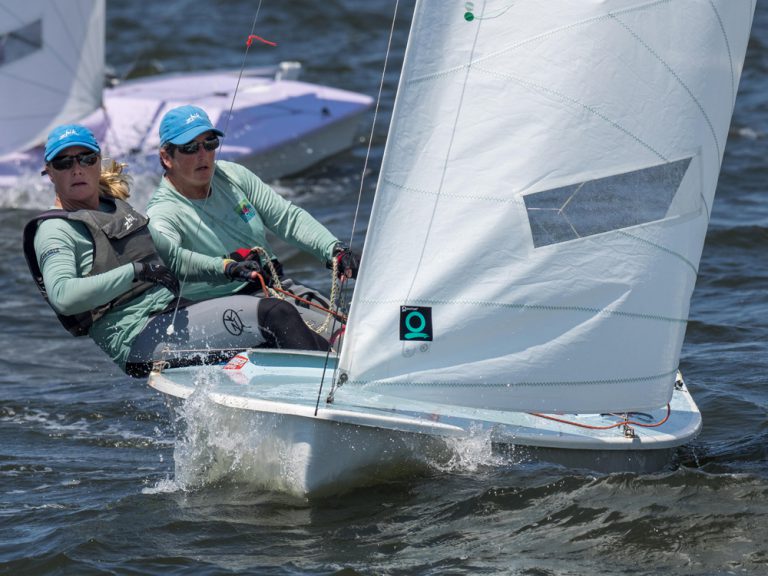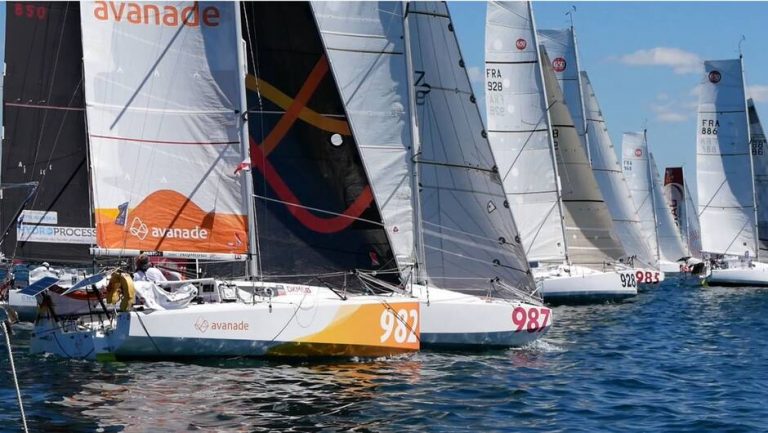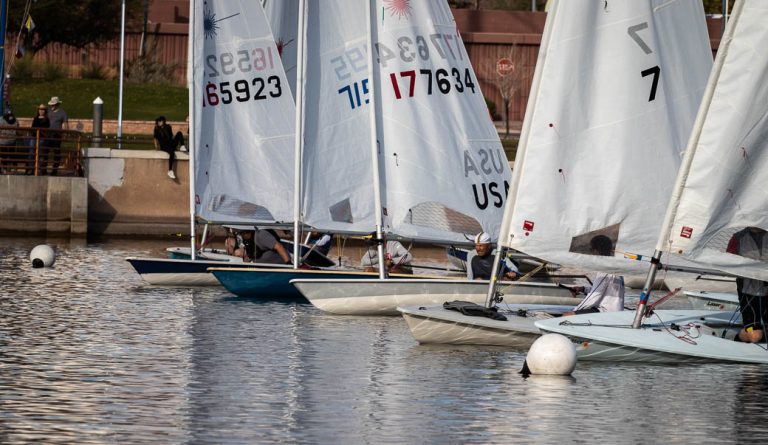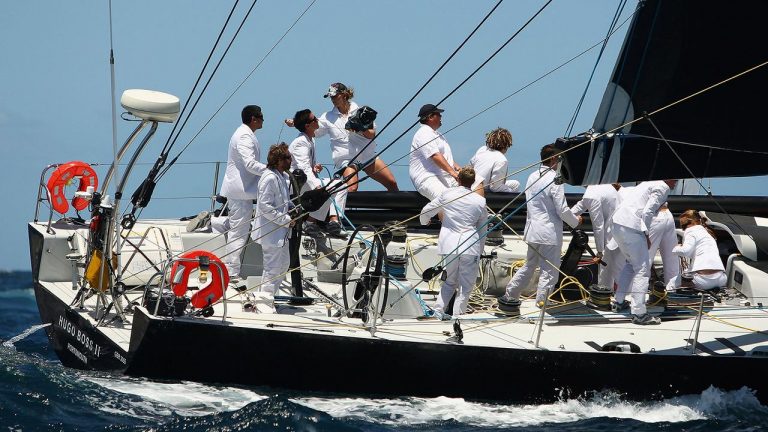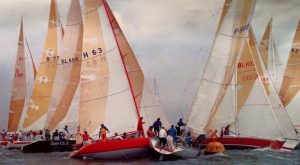
When, Why & How to Take a Sailing Penalty
Having a good knowledge of the Racing Rules of Sailing (RRS) will help you avoid infringements but unexpected incidents on the racecourse can happen and will jeopardise your results thus you will need to take decisive action.
When to take a penalty –
When another boat protests, you have to make an instant decision whether to take a penalty or not. If you are unsure, taking a penalty is the easiest solution – hoping for the best and doing nothing is a risky strategy and likely to see you in the protest room and perhaps blown from the race.
How long do you have to take the penalty –
If the Sailing Instructions say nothing about penalties, the default is RRS 44, and 44.2 states that penalty turns should be taken ‘as soon after the incident as possible’. Be sure to get well clear to avoid impeding other boats, especially at busy mark roundings.
Types of Penalties –
Make sure you have read the sailing instructions. Is it one turn, two turns, or a scoring penalty? Unless otherwise specified in the Sailing Instructions, the penalty for touching a mark (RRS 31) is a one-turn penalty.
When boats meet and other infraction penalties are also spelt out in the SI’s so read them diligently before heading out, you will not have the time or perhaps the ability to do so in the race.
How to take the penalty –
During training, practice penalties to ensure that in the unfortunate case that you infringe, you will lose as little distance as possible. Although a penalty must be done immediately, that does not mean it needs to be taken in a blind panic.
Think through whether it is better to tack first or gybe first. In most instances, the tack first is the better option. There are situations where gybing first will put you in a better position on the fleet.
Preparation –
Use the time while sailing clear to prepare the boat for the manoeuvre. Ensure the crew are aware of your intentions and the sheets are clear to run. Be ready to ease the vang if the breeze is up.
If you are on a downwind leg, you should also consider how you want to exit the penalty. Make sure the spinnaker and pole are set up and ready.
On a symmetrical boat, you may be able to leave the pole on by executing a leeward drop. Then you are ready to hoist immediately after the penalty.
The alternative is that it may be better to do a windward drop so you can hoist out of the last tack without the pole and do the last gybe with the spinnaker drawing.
FREE BOOK – Grab your copy NOW!







